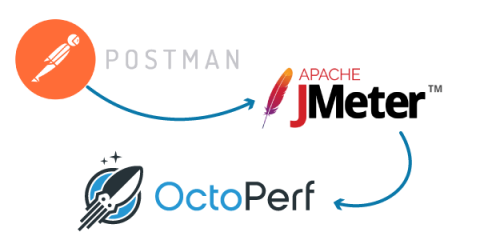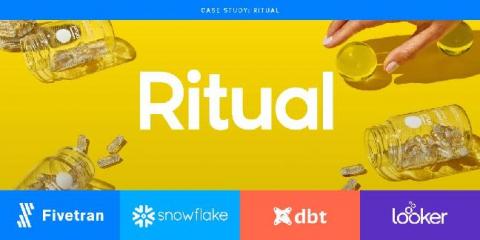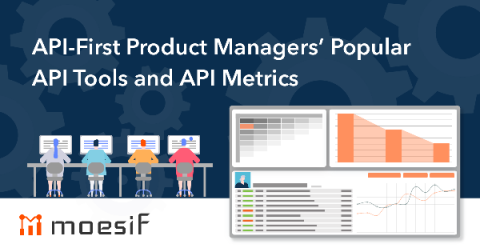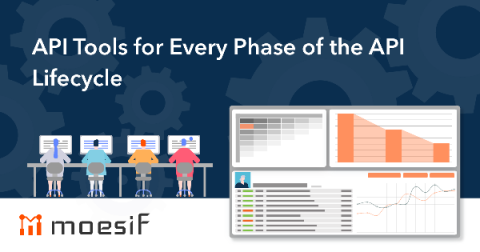Importing Postman Requests to Octoperf
You may have spent a considerable amount of time configuring Postman requests for your in-house API tests, and you wish to use them without having to create them again from scratch on Octoperf. That’s one of the many situations where Octoperf’s compatibility with Jmeter is going to come in a handy.











